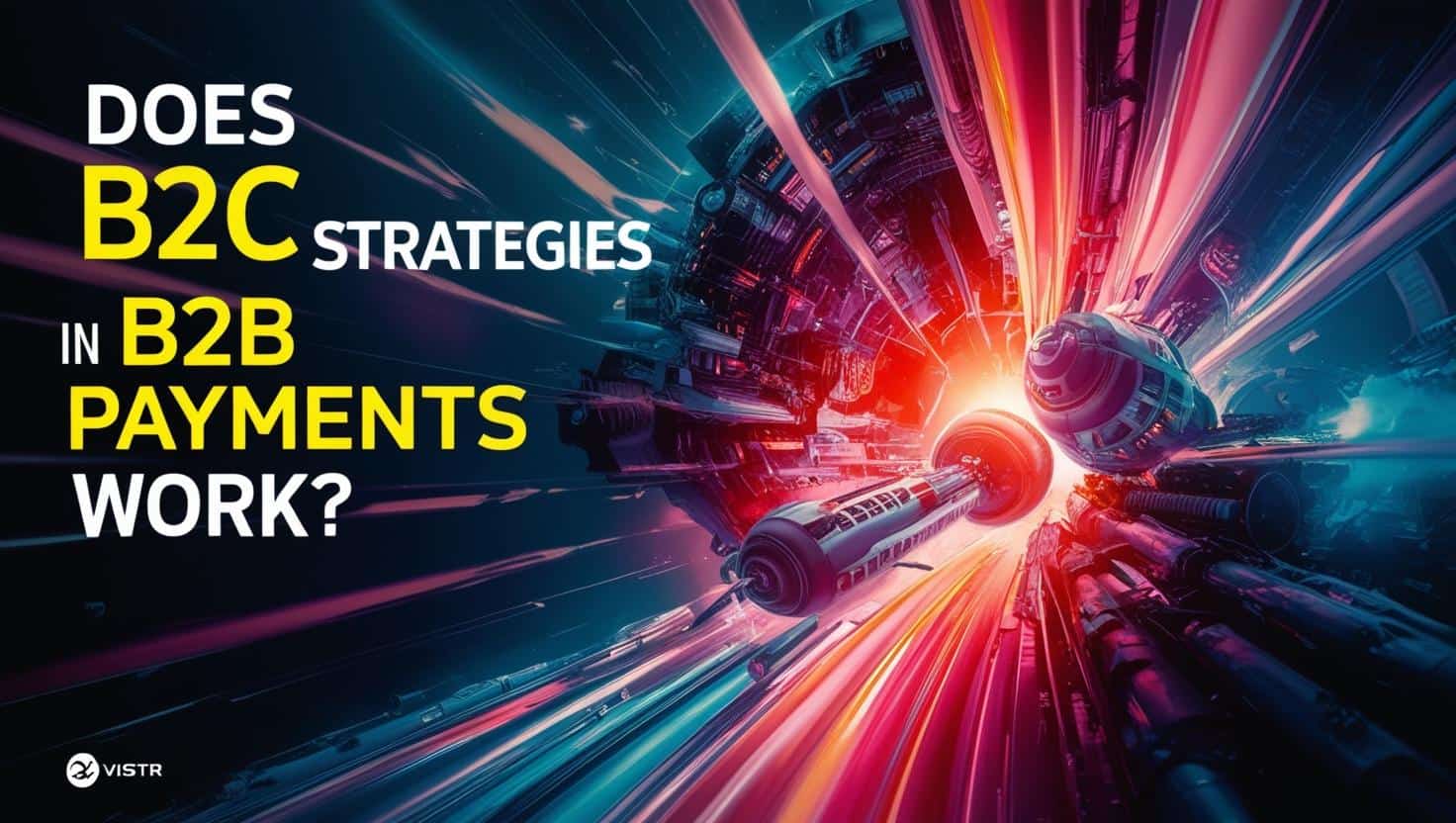
As the worlds of commerce and technology collide, the expectations businesses have around payments are evolving. Traditionally, the B2B payments space has been complex, slow-moving, and tangled in paperwork. But now, we’re seeing a major shift—companies are borrowing from the consumer playbook. The idea of applying B2C strategies in B2B payments is gaining traction, and it’s changing everything from onboarding to invoicing.
It’s not just about making payments faster or more digital. It’s about rethinking the entire customer experience. Businesses want seamless, intuitive, and efficient interactions—just like consumers do.
The Consumerization of Trade Credit
To understand this trend, look at the evolution of trade credit. Decades ago, a small business buying from a supplier might receive a monthly invoice—handled manually. Today, that same process is being digitized and streamlined.
Credit cards revolutionized consumer payments by removing the need for retailers to underwrite and collect from individual customers. In the B2B world, platforms like TreviPay are doing something similar. They’re offering businesses the infrastructure to offer credit without the manual burden.
But this shift isn’t easy. B2B relationships are layered with complexity—multiple stakeholders, approvals, and compliance requirements. Still, the benefits of applying B2C thinking are worth the effort. Simplicity sells.
Reimagining the Customer Journey
In B2C, customer experience is everything. Fast onboarding, frictionless checkout, and real-time support are standard. In B2B? Not so much. That’s starting to change.
Modern B2B payment providers now look at the full lifecycle—from onboarding and underwriting to invoicing and collections. By focusing on ease of use and transparency, they’re creating better experiences for both suppliers and their customers.
One way this is happening is through modular services. Instead of adopting an entire payment stack all at once, suppliers can engage piece by piece—whether it’s credit checks, invoice generation, or collections. This gradual approach builds trust and lets both parties scale the relationship over time.
The Rise of Digital Identity and Fraud Protection
With digital transactions becoming the norm, fraud is also rising—especially business identity theft. In B2C, identity verification has advanced quickly. B2B is catching up.
As more buyers are acquired online, knowing who you’re dealing with is harder than ever. That’s why payment platforms are investing in sophisticated fraud detection tools. These tools don’t just rely on business credit scores. They often blend in personal credit data (used carefully and respectfully) to assess the creditworthiness of small businesses.
This dual lens helps underwrite businesses with thin files—those that don’t have long credit histories but are still trustworthy. It’s another example of B2C-inspired strategy applied in a business context.
Global Expansion, Local Complexity
Selling across borders is easier now thanks to digital commerce. But payments? Still tricky.
Each country has its own regulations, tax rules, and invoice requirements. A U.S. supplier might want to sell to a German buyer, but that buyer expects a VAT-compliant invoice in euros. Without the right tools, that’s a headache.
To solve this, B2B payment platforms are offering localized solutions. They create and deliver compliant invoices, provide local bank accounts for payment, and handle currency conversion—all while settling in the seller’s preferred currency.
This B2C-style “ease of doing business” at a global scale is essential for small and mid-sized businesses looking to expand internationally.
Invoicing as a Service
Invoice delivery and follow-up is a major pain point in B2B transactions. Mistakes create disputes. Late payments hurt cash flow. And different countries require different invoice formats.
Inspired by B2C systems that send automated payment reminders or real-time order updates, B2B providers are offering invoicing as a managed service. Sellers don’t have to worry about generating invoices in the right format, sending them, or tracking responses. It’s all handled by the platform.
Better yet, platforms support dispute management and collections too—making sure invoices get paid on time or followed up efficiently.
New Ways to Fund Working Capital
B2C finance has long leveraged alternative lenders, point-of-sale loans, and buy-now-pay-later services. In B2B, suppliers also need flexible financing—especially when buyers delay payments or operate in riskier markets.
That’s where partnerships with banks and hedge funds come in. Payment platforms are building gateways to connect with financial partners who can fund invoices or offer credit lines. These relationships let sellers get paid early while buyers retain payment terms.
It’s a win-win—and one that mirrors B2C credit models in design and delivery.
Scaling with Trust
Trust is a huge factor in B2B. Unlike consumers, businesses don’t make impulse purchases. They form long-term relationships. That’s why modern B2B platforms emphasize white-label service, brand alignment, and end-customer experience.
For example, when a payment solution works with a manufacturer, it doesn’t want to overshadow the brand. It works quietly in the background, offering great service so the buyer continues to feel like they’re interacting directly with the supplier.
This attention to relationship quality is another way B2C thinking is reshaping B2B finance. Good experience creates loyalty—no matter who the buyer is.
Broadening the Reach Through Banks
One exciting development is how banks are becoming channels for these solutions. Instead of only selling to large enterprises, platforms are partnering with banks to serve small and mid-sized businesses.
Banks already have the relationships. They’re trusted advisors. By equipping them with easy-to-deploy tools, payment platforms can expand their reach. It’s democratizing access to sophisticated financial services—another trait borrowed from consumer models.
The bank provides the relationship. The platform provides the tools. Together, they unlock new value.
B2C Strategies in B2B Payments and Why the Shift Matters
This transformation isn’t about following trends. It’s about solving real problems—faster onboarding, better customer insights, reduced risk, and improved cash flow.
By adopting B2C strategies in B2B payments, companies can offer a modern, intuitive experience that today’s buyers expect. It’s no longer enough to rely on legacy systems. The future belongs to those who can move fast, think customer-first, and scale globally without friction.
And this shift is only beginning.